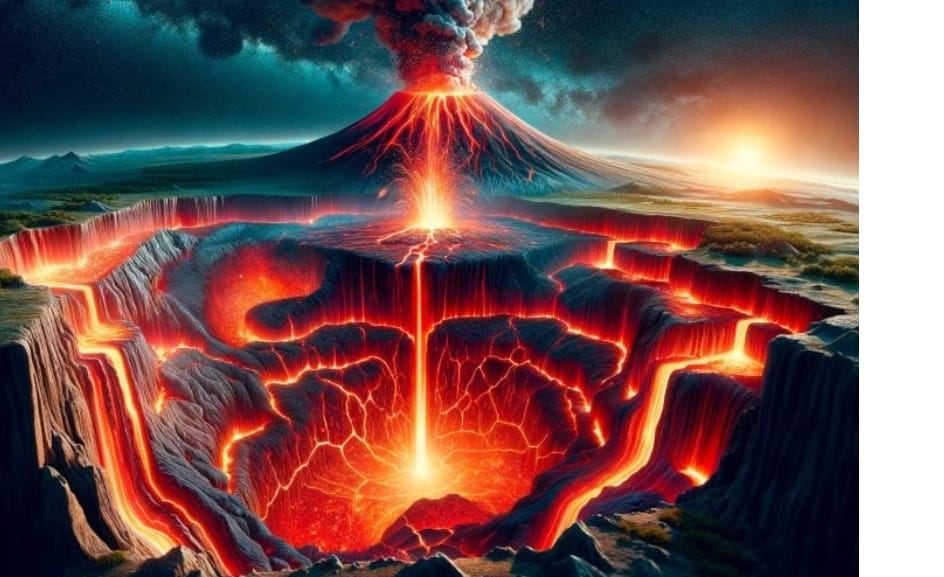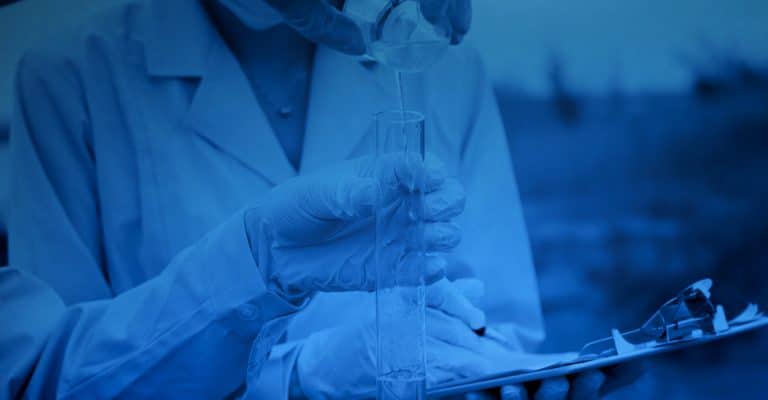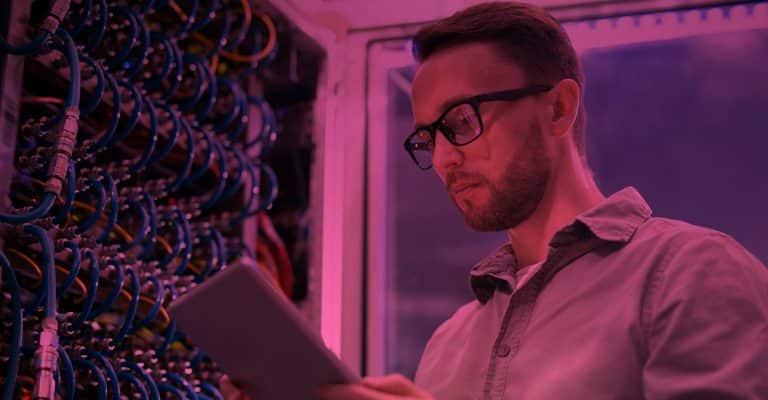- RESEARCHDistance Learning at AIU is enhanced by vast academic resources and innovative technologies build into the Virtual Campus: Hundreds of self-paced courses with video lectures and step by step lessons, thousands of optional assignments, 140,000 e-books, the Social Media & Networking platform allowing collaboration/chat/communications between students, and MYAIU develop students holistically in 11 areas beyond just academics.
- PROGRAMS OFFERED
- Areas of Study
- Courses and Curriculum
- Open Courses
- Register for a Program
- Associate Program
- Associate in Addiction Counseling
- Associate in Agriculture Food And Resources
- Associate in Anti Terrorism Security
- Associate in Behavior Analysis In Special Education
- Associate in Bioethics
- Associate in Climatology
- Associate in Cultural Theological Communication
- Associate in Culinary Arts
- Associate in Ecotechnology
- View all Associates Programs
- Bachelor Program
- Bachelors in Community Development
- Bachelors in Environmental Science
- Bachelor in Education (B.Ed, BS)
- Bachelors in Economics
- Bachelors in Entrepreneurship
- Bachelors in Financial Administration
- Bachelors in Human Resource Management
- Bachelors in Linguistics
- Bachelors in Nutritional Science
- Bachelors in Occupational Health and Safety
- Bachelors in Psychology
- View all Bachelor Programs
- Doctorate Program
- Doctor | of Biology (PhD)
- Doctorate in Business Administration (DBA, PhD)
- Doctor of Economics (PhD)
- Doctor of Electrical Engineering (D.Sc, PhD)
- Doctor of Finance (PhD)
- Doctorate in International Relations
- Doctorate in Information Technology (D.Sc)
- Doctor of Legal Studies (PhD)
- Doctor of Project Management (PhD)
- Doctor of Sociology (PhD, D.Sc)
- Doctorate in Sustainable Natural Resources Management
- View all Doctorate Programs
- Master Program
- Postdoctoral Program
- Postdoctoral in Animal Science
- Postdoctoral in Anti Terrorism Security
- Postdoctoral in Behavior Analysis In Special Education
- Postdoctoral in Bioethics
- Postdoctoral in Blockchain Technology and Digital Currency
- Postdoctoral in Business Management
- Postdoctoral in Cloud Computing
- Postdoctoral in Computer Engineering
- View all Postdoctoral Programs
AIU offers a wide range of majors in areas including the Arts, Business, Science, Technology, Social, and Human studies. More than 120 degrees and programs are available for adult learners at the associate’s, bachelor’s, master’s, doctoral and postdoctoral level. - VIRTUAL CAMPUS
Distance Learning at AIU is enhanced by vast academic resources and innovative technologies build into the Virtual Campus: Hundreds of self-paced courses with video lectures and step by step lessons, thousands of optional assignments, 140,000 e-books, the Social Media & Networking platform allowing collaboration/chat/communications between students, and MYAIU develop students holistically in 11 areas beyond just academics.
- ALUMNI
The world is YOUR campus!”, that is the message of AIU’s month magazine Campus Mundi. Hear the voices and see the faces that make up AIU. Campus Mundi brings the world of AIU to you every months with inspirational stories, news and achievements by AIU members from around the world (students and staff are located in over 200 countries).
Deeper Magma Reservoirs Study: A Key to Predicting Volcanic Explosions

How do deep magma reservoirs differ from shallow magma chambers in influencing volcanic eruptions?
What role does magma buoyancy play in triggering volcanic eruptions, according to recent research?
How can studying deeper magma reservoirs improve the accuracy of volcanic eruption predictions?
Use your research skills and write about how can advanced computer modeling of deep magma reservoirs enhance our understanding of the chemical and physical processes that lead to volcanic eruptions? Use credible sources such as academic journals, educational websites, and expert interviews to gather information and present a well-rounded answer.
(Login to your student section to access the AIU Additional Resources Library.)
Deeper Magma Reservoirs Study: A Key to Predicting Volcanic Explosions
Volcanic eruptions are among the most powerful natural forces on Earth, capable of devastating communities and reshaping landscapes. While scientists have made significant strides in predicting these destructive events, current methods rely heavily on the activity of the volcano itself and the upper few kilometers of the Earth’s crust, where molten rock—magma—resides before erupting. However, groundbreaking research from Imperial College London and the University of Bristol reveals that understanding deeper magma reservoirs, found up to 20 kilometers below the surface, may hold the key to more accurate eruption forecasts.

Source: Unsplash/Tetiana Grypachevska
A New Depth of Understanding
Traditionally, volcano monitoring focuses on surface-level clues, such as seismic activity and changes in gas emissions, combined with observations of magma stored in shallower chambers. Yet, these methods provide only part of the picture. The latest research, published in Science Advances, advocates for deeper investigations—literally. By examining the process of magma formation in reservoirs situated far beneath the Earth’s crust, scientists have gained new insights into what drives volcanic eruptions.
Dr. Catherine Booth, a research associate at Imperial College London and the study’s lead author, explains: “We looked at volcanoes around the world and dug deeper than previous studies. We focused on magma source reservoirs deep beneath our feet, where extreme heat melts solid rocks into magma at depths of around 10 to 20 kilometers.” This shift in focus could revolutionize how we predict and prepare for volcanic eruptions.

Understanding volcanic eruptions by linking eruption size and frequency to the magma formation speed underground
Source: SciTechDaily.com
Key Findings from Around the Globe
The study reviewed data from 60 of the world’s most explosive volcanic eruptions, spanning nine countries, including the United States, Japan, and Chile. Researchers combined real-world observations with advanced computer models to simulate the complex processes occurring in these deep magma reservoirs.
Their findings highlighted several critical factors influencing volcanic activity:
- Magma Buoyancy: One surprising result was that magma’s buoyancy, not just its mixture of molten and solid rock, plays a crucial role in eruptions. Once the magma becomes buoyant enough to rise, it fractures the overlying solid rock, allowing magma to flow rapidly to the surface and erupt.
- Size and Composition of Magma Reservoirs: The size of a magma reservoir is also essential in determining the intensity and frequency of an eruption. While larger reservoirs hold more magma, they also disperse heat more effectively, slowing down the process of melting surrounding rocks. As a result, larger reservoirs do not always produce larger eruptions, contradicting previous assumptions.
- Eruption Cycles: The study also revealed that eruptions are rarely one-off events. Instead, they are part of a repetitive cycle, with magma building up over time and undergoing chemical changes that influence future eruptions.
A Global Collaboration
The research effort was a global collaboration, involving scientists from multiple institutions. According to secondary research, by examining volcanoes in nine countries—ranging from Mount St. Helens in the United States to Mount Merapi in Indonesia—the team gathered a diverse range of data. They used these datasets to model the behavior of magma as it forms, rises, and eventually erupts. Their computer models not only mimic magma flow but also shed light on how the composition of magma evolves as it moves through the Earth’s crust.
Co-author Professor Matt Jackson, Chair in Geological Fluid Dynamics at Imperial College London, notes: “By improving our understanding of the processes behind volcanic activity, our study is a crucial step toward better monitoring and forecasting of these powerful geological events.”

Image illustrating source reservoir producing magma causing volcanic eruption
Source: Imperial.ac.uk
Implications for Eruption Forecasting
Volcanic eruptions are notoriously difficult to predict with precision. While volcanic unrest—such as minor earthquakes or gas emissions—often precedes eruptions, it does not always indicate how large or explosive an eruption will be. By incorporating information from deeper magma reservoirs into existing prediction models, researchers believe they can improve the accuracy of these forecasts.
One of the study’s key revelations is that deeper magma sources, where solid rock is first melted into magma, are just as important as the shallow magma chambers typically studied. The time it takes for magma to form and rise from these deep reservoirs can provide critical clues about when and how violent an eruption might be. This could lead to earlier and more accurate warnings, potentially saving lives and reducing environmental damage.
The Future of Volcanic Research
The study’s authors are optimistic about the future of volcanic research. However, they acknowledge that their work is only the beginning. Their current models primarily focus on how magma moves upward through the Earth’s crust, but they plan to refine their simulations to include more complex factors, such as the role of other fluids like water and carbon dioxide, which are also found in magma reservoirs.
By incorporating these elements, future research could provide even more detailed insights into the Earth’s subterranean processes. “Our study is a crucial step towards better monitoring and forecasting of these powerful geological events,” says Jackson. With these advancements, scientists hope to move toward physics-based models that combine real-time data with deeper geological insights, providing more accurate probabilities and uncertainties regarding volcanic activity.
Conclusion
The deeper magma reservoirs study marks a significant breakthrough in the understanding of volcanic eruptions. By shifting the focus from shallow magma chambers to the much deeper reservoirs where magma forms, researchers have opened the door to more accurate predictions of volcanic activity. These findings could ultimately safeguard vulnerable communities and mitigate environmental risks. As volcanic research progresses, this deeper understanding of our planet’s inner workings may one day lead to the most precise eruption forecasts yet, protecting lives and landscapes from one of nature’s most powerful forces.
If this article triggers any interest in learning how to predict volcanic explosions, then AIU offers a list of Mini courses, Blogs, News articles and many more on related topics that one can access such as:
Ethiopian volcano bacteria are analogues for early Mars life, researchers say
Unearthing the Secrets Beneath: An Introduction to Geotechnical Engineering
AIU also offers a comprehensive array of recorded live classes spanning various subjects. If any topic piques your interest, you can explore related live classes. Furthermore, our expansive online library houses a wealth of knowledge, comprising thousands of e-books, thereby serving as a valuable supplementary resource.
Geotechnical Site Investigations by Safet M
Geotechnical Site Investigations by Safet M: Mechanical Engineering
Geotechnical Engineering by Jordan B
The biggest volcanic explosion this century
Dependence of Global Monsoon Response to Volcanic Eruptions on the Background Oceanic States
References
Towards scientific forecasting of magmatic eruptions | Nature Reviews Earth & Environment
Deeper Magma Reservoirs Study: Key to Predicting Volcanic Explosions | Science Times
Surprising Ways of Predicting Volcanic Activity
To better predict volcanic eruptions, you have to dig deep — very deep | Space
Deciphering Deep Magma Reservoirs for Groundbreaking Volcanic Predictions (scitechdaily.com)
Reminder to our Dear Students,
Please ensure you are logged in as a student on the AIU platform and logged into the AIU Online
Library before accessing course links. This step is crucial for uninterrupted access to your learning
resources.
AIU Success Stories







Contact Us Today!
Begin Your Journey!
AIU’s Summer of Innovation and Growth gives you the ability to earn up to $5000 in tuition credit by completing free lessons and courses.
Whether you’re looking to acquire new skills, advance your career, or simply explore new interests, AIU is your gateway to a world of opportunities. With free access to 3400 lessons and hundreds of courses the ability to earn credits and earn certificates there’s no better time to start learning.
Join us today as a Guest Student and take the first step towards a brighter, more empowered future.
Explore. Learn. Achieve.

Contact Us
Atlantic International University
900 Fort Street Mall 905 Honolulu, HI 96813 [email protected]
Quick Links
Home | Online Courses | Available Courses | Virtual Campus | Career Center | Available Positions | Ask Career Coach | The Job Interview | Resume Writing | Accreditation | Areas of Study | Bachelor Degree Programs | Masters Degree Programs | Doctoral Degree Programs | Course & Curriculum | Human Rights | Online Library | Representations | Student Publication | Sponsors | General Information | Mission & Vision | School of Business and Economics | School of Science and Engineering | School of Social and Human Studies | Media Center | Admission Requirements | Apply Online | Tuition | Faculty & Staff | Distance Learning Overview | Student Testimonials | AIU Blogs | Register for Program | Privacy Policy | FAQ



















